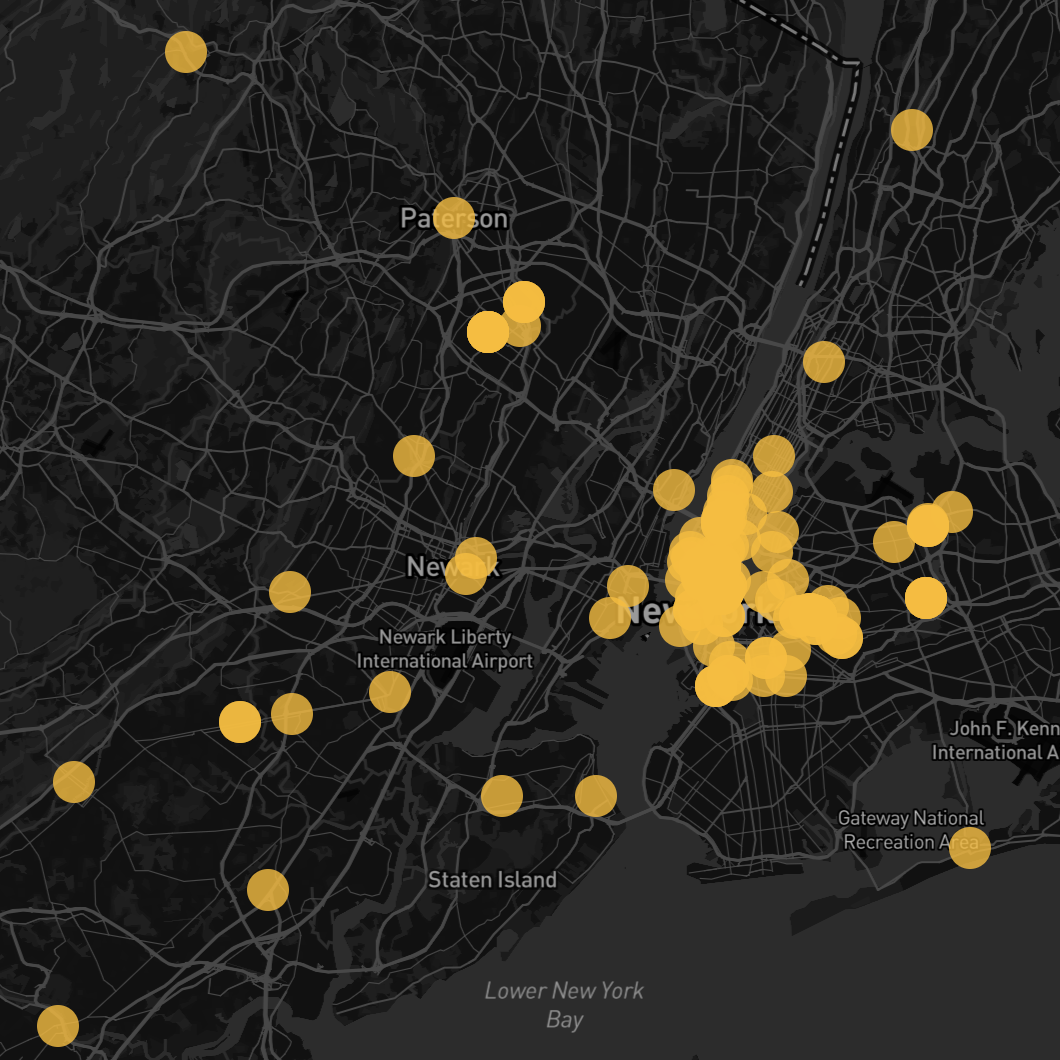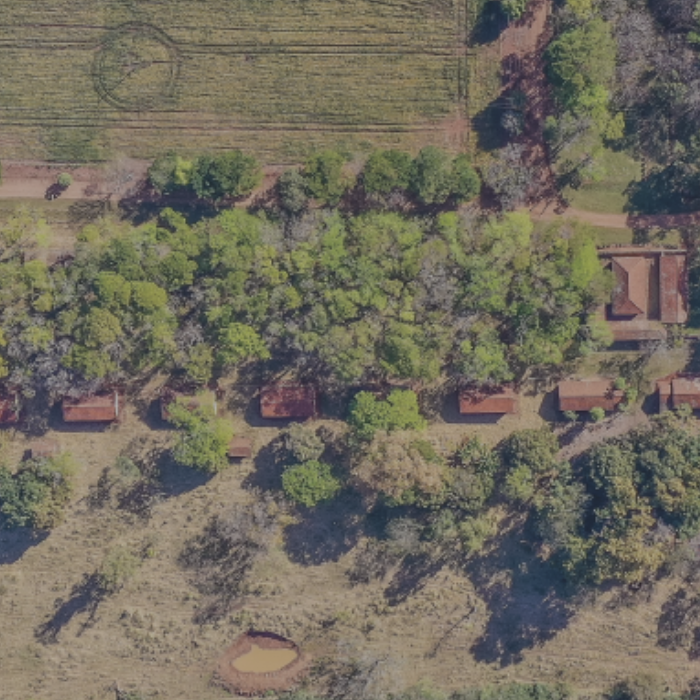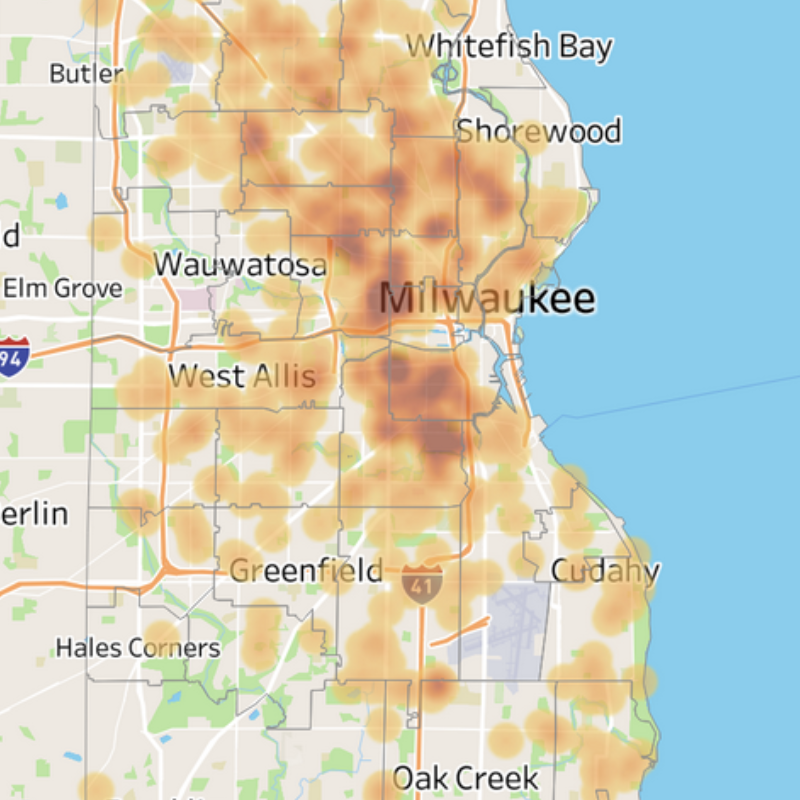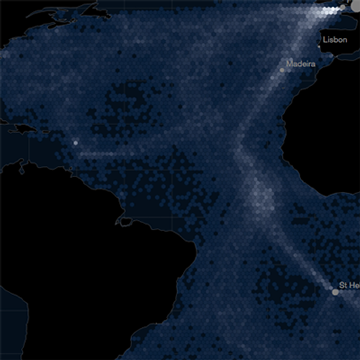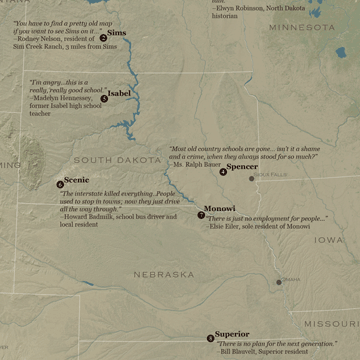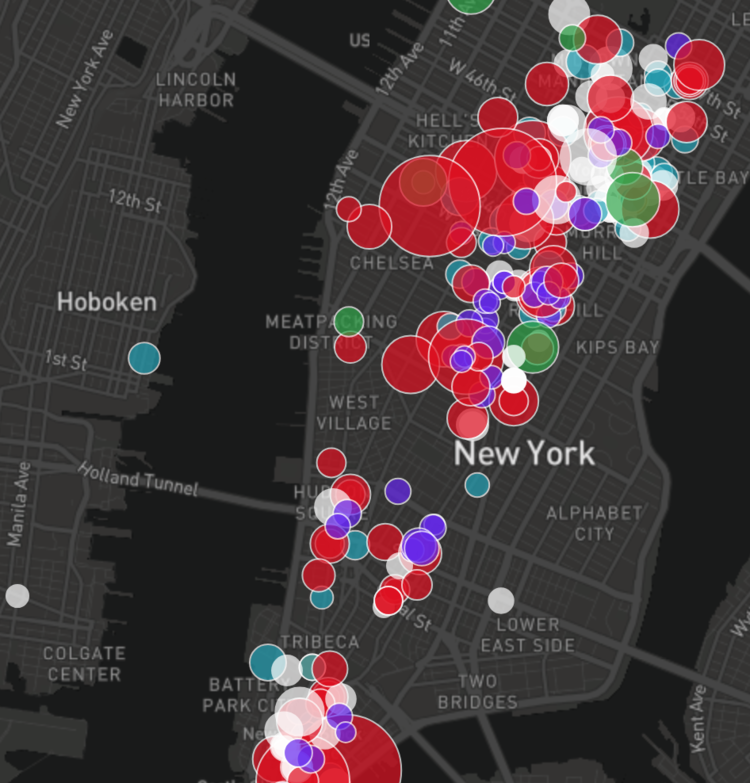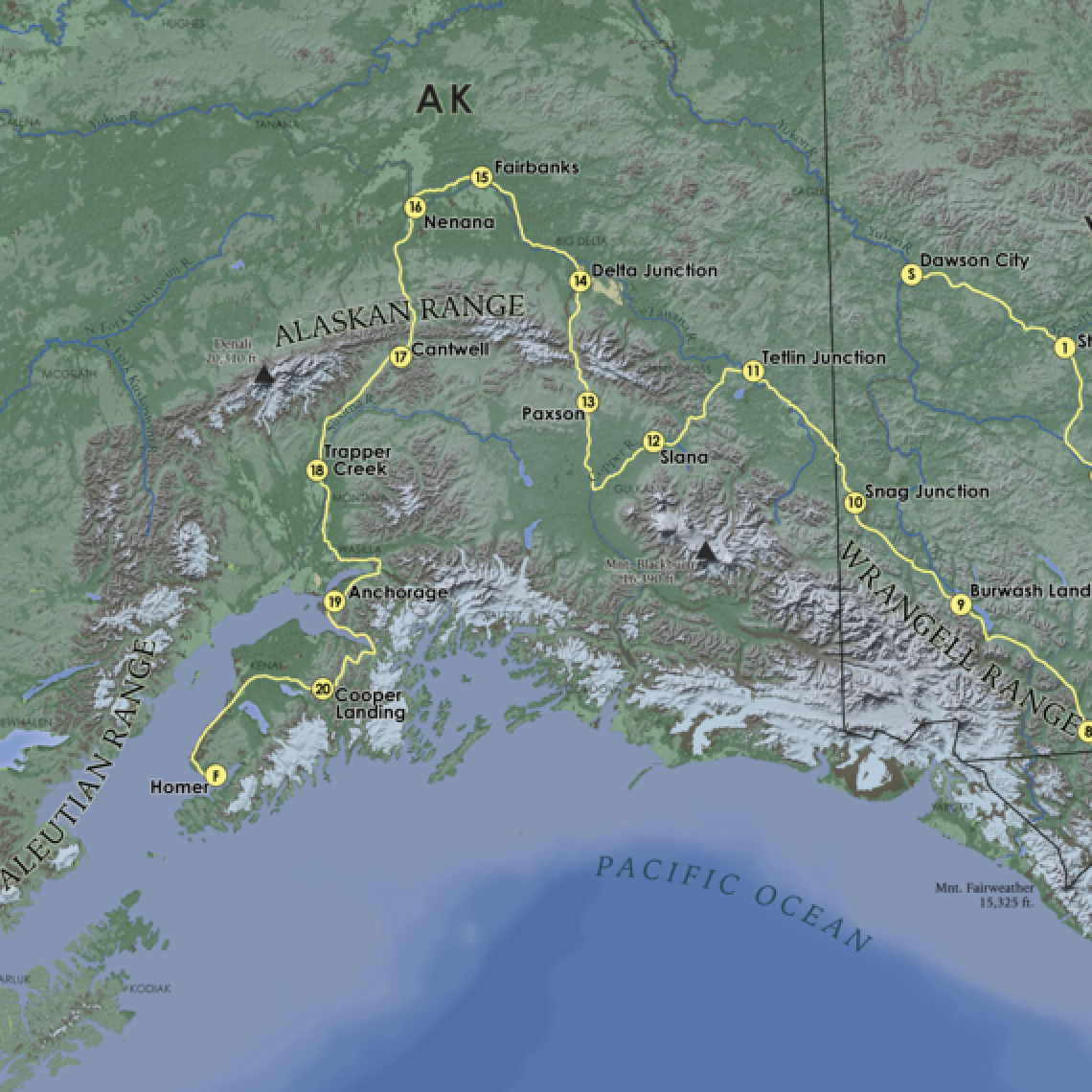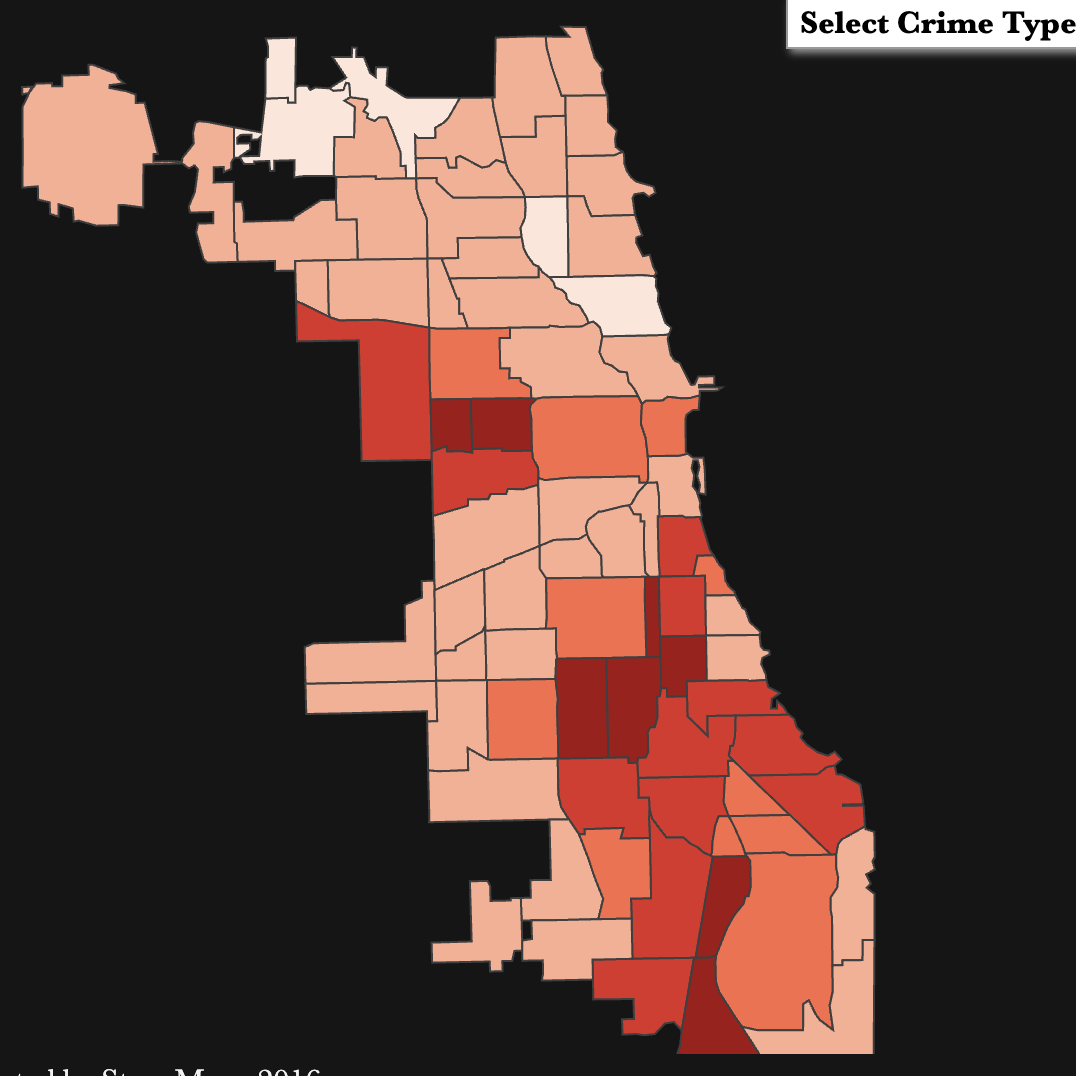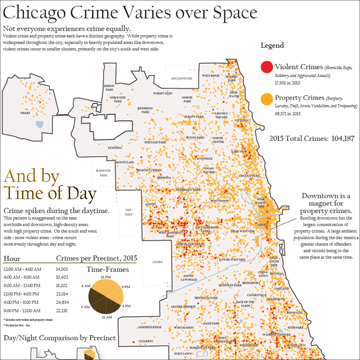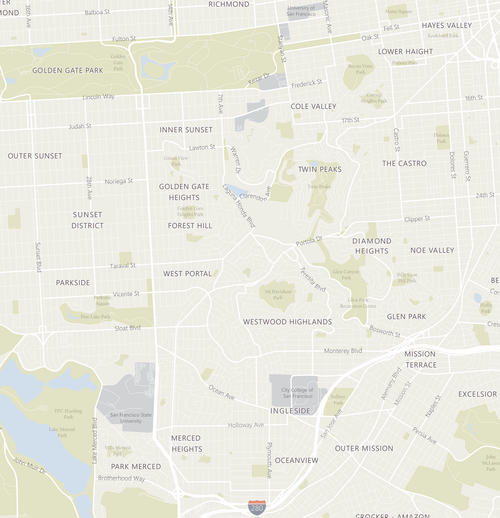Hello!
I'm Starr Moss. Currently, I'm a research analyst with the Wisconsin Department of Justice. Broadly, I'm interested in the intersection of cartography, GIS, and urban geography. Prior to joining the Wisconsin DOJ, I completed a Master's degree in GIS and cartography from UW-Madison. I also worked as a bikeshare planner for Lyft, using a combination of data analytics, geographic information science (GIS), and in-the-field exploration to plan for bike sharing expansion in San Francisco and the Bay Area. If you have a cartography or GIS project you'd like to talk about, get in touch with me here!
Other than that, I enjoy music when I can. In my spare time, you may find me playing with Milwaukee's bluegrass outfit Chicken Wire Empire, Madison's very own Bigtooth, the No Name String Band, or the Mark Hembree Band. Check out more of my music here.
